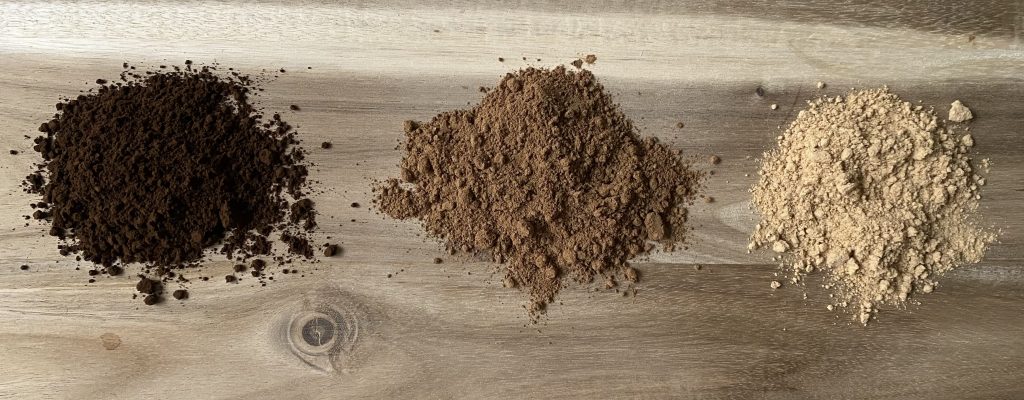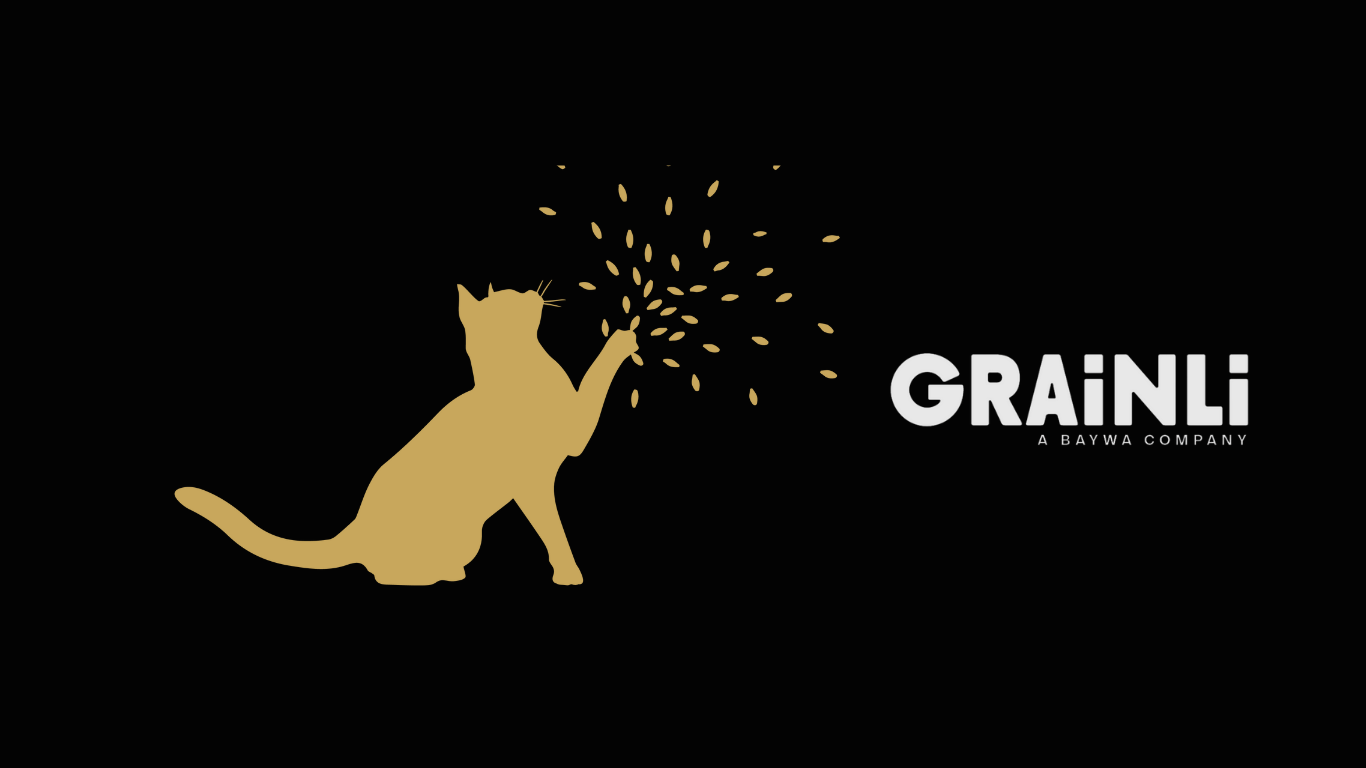Malt flour is a fascinating product that is used both in pet food and in the baking industry. In this blog post, we will take a closer look at this exciting product.
Malt flour is obtained from various types of grain such as barley, wheat, rye or spelt. We supply barley malt flour or, on request, wheat malt flour to our B2B partners. During the malting process, the grain germinates under precisely defined conditions (humidity, temperature and time). The kiln-dried grain is degerminated to produce malt. It is then roasted and processed. The degree of roasting determines the colour of the resulting flour, which can vary from light to dark. This also influences the colour of the animal feed or the baked bread.
After roasting, the malt is ground into malt flour. It has a high content of activated starch-splitting alpha-amylase. The alpha-amylase enzyme breaks down the storage carbohydrate starch into its components. It makes starch usable for the organism. This process begins in the mouth – it symbolises the start of the digestive process.
Grainli® offers malt flour in various packaging sizes and transport types.

Why malt flour for cats?
Malt flour is a particularly popular dietary supplement for cats. The main benefit is hairball reduction: cats are known to groom themselves extensively. In doing so, they often swallow loose hair, which can clump together in the stomach to form unpleasant hairballs. The malt flour in the food helps to bind these hairs and support the digestive tract.
The malt flour also gives the food a special flavour thanks to its delicate taste. Many cats love the malty flavour.
Cat food variants
Malt paste for cats: This paste contains malt flour and helps to reduce hairballs.
Dry food with malt: Some special types of dry cat food contain malt flour to aid digestion.
However, the malted grain should be used in moderation as it can have a laxative effect. For cats, one teaspoon per day is often sufficient. It is important to note that the dosage and use of malt flour can vary depending on the animal species and individual requirements.
Malt flour for other pet food products:
In dog food
Malt biscuits for dogs: Malt flour can also be found in dog biscuits. These biscuits are often tasty and also serve to aid digestion.
Supplementary food: Supplements that promote digestion utilise the functionality of malt.
For small animals and birds: Malt flour can also be included in special feed mixtures for rodents such as rabbits or guinea pigs, as well as for birds, to aid digestion.
If required, we can supply all large animal feed companies.
Malt flour for the baking industry
Malt flour has a long and varied history from traditional bakeries to modern trends – malt flour plays an important role in the world of baking.
In dough, malt flour provides some remarkable effects
Leavening and loosening: The starch broken down in the dough serves as food for the yeast. This makes the dough rise better and looser. When baking, the malt flour gives the baked goods a typical malty flavour and a beautiful crust colour. It is an insider tip for anyone who wants to enhance the flavour of their baked goods.
Malt flour is mainly used in baked goods because of its aromatic flavour. Whether in sourdough bread, baguettes or sweet pastries, malt flour is a versatile flavouring for every baker.
Tradition and trend
The flour was used in baked goods as early as the 19th century. Today, it is making a comeback and has become a real trend product, so much so that it is now also used in pet food.
For more information or to order in bulk, please use our product form or contact our dealers directly.
We look forward to hearing from you!



